Posts Tagged ‘agility’
How to get more agile and low to the ground for cricket fielding
Become more agile in 5 days.
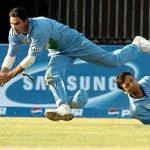 When fielding in cricket, you are putting your body under a lot of stress and strain due to the stretching/reaching and diving to catch the ball.
When fielding in cricket, you are putting your body under a lot of stress and strain due to the stretching/reaching and diving to catch the ball.
If the underlying strength and mobility behind these movements isn’t poor then an injury is more likely.
To do these movements successfully you will need to have good hip and knee control, and good flexibility too.
Read MoreHow to make Pre-Season Training Interesting, Relevant and More Fun
I Hate Pre-Season Training
This is often the thought of players who are forced to undergo various fitness tests and long slow runs as part of a pre-season fitness programme.
Doing repeated doggies, shuttle runs and various circuits, with barely a ball in sight is enough to put most players off.
It doesn’t have to be this way.
Read MoreBite Size Agility
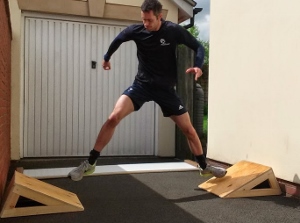 I am trying to make agility workouts more frequent, more specific and a lot shorter in duration than has previously been done for the athletes I work with.
I am trying to make agility workouts more frequent, more specific and a lot shorter in duration than has previously been done for the athletes I work with.
Plyometrics and Agility: Jim Radcliffe
“Try to be more like a super ball not a tomato”
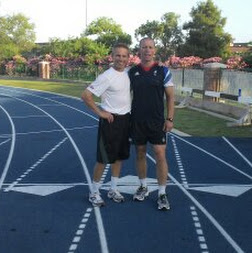 Jim Radcliffe’s advice on plyometric training rang true as he went through a series of progressions for plyometrics.
Jim Radcliffe’s advice on plyometric training rang true as he went through a series of progressions for plyometrics.
Periodised agility?
The balance between specificity and overload is a crucial one. Your agility can’t just be Organised Despair, nor can it be just playing games.
One way of overloading the balance/ control system is to practice transferring from stable to unstable surfaces. I am not a believer in circus tricks: standing on swiss balls has very little transfer to real sport.
4 steps to get more agile in pre-season.
Its better to run round people than through them.
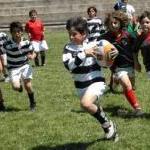 The ability to run “through spaces not faces” is very important in most field/court sports. You want to be agile enough to:
The ability to run “through spaces not faces” is very important in most field/court sports. You want to be agile enough to:
- Avoid being tackled
- Be able to get into position to stop your opponent
- Get to the ball.
Is your pre-season agility training helping you achieve this?
Read More“The true Art to what, how and why we do”: Jim Radcliffe
What it takes to be a successful strength and conditioning coach.
“People in support positions should be seen and not heard”
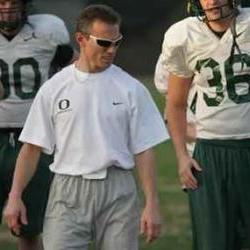 Jim Radcliffe at the beginning of his presentation on successful S&C coaching.
Jim Radcliffe at the beginning of his presentation on successful S&C coaching.
Using RPE to predict 1RMs- Harrison Evans
 How to use RPE to predict your strength
How to use RPE to predict your strength
Much of the strength related exercise prescription advice delivered by the American College of Sports Medicine (ACSM) prescribe intensity relative to an individual’s maximal strength (1-RM)
Read More


